British Telecoms Are Aligning with Emerging U.S. Position on Open RAN Adoption
Open RAN adoption is said to save telecoms money and boost security, as providers are forced to move off Huawei.
Justin Perkins
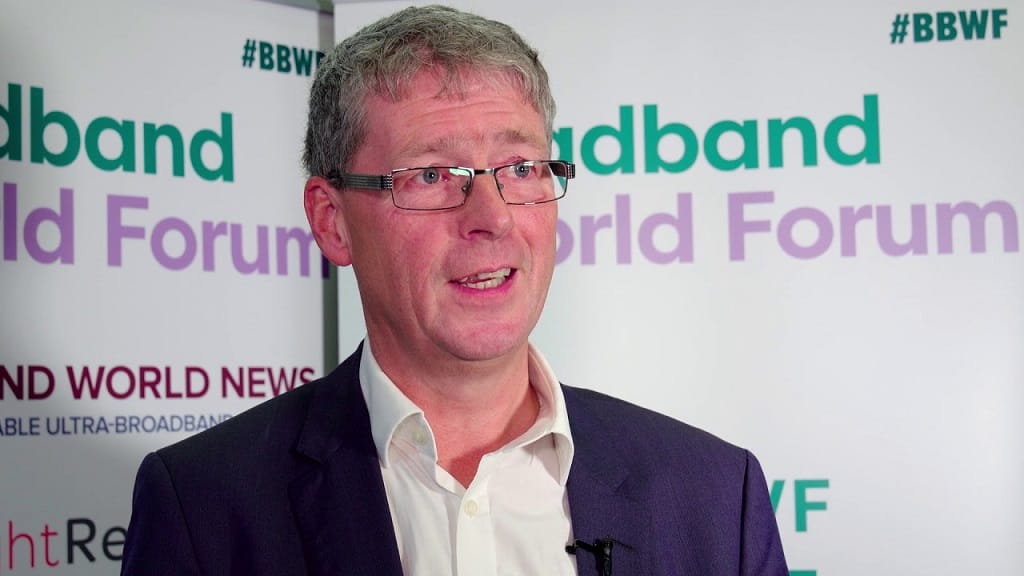
October 18, 2021 – Howard Watson, chief technology officer of telecommunications company BT Group, spoke on Wednesday at the Broadband World Forum about the future of the UK’s network infrastructure, including removing Huawei’s equipment from their networks and developing open radio access networks for wider use.
Speaking at the opening session titled “Building an innovative converged network infrastructure for the UK,” Watson discussed the challenges and possibilities for offering fast, secure broadband and offered O-RAN as a solution for wider connectivity.
Watson discussed utilizing open RAN to facilitate greater interoperability between vendors’ equipment, as it opens the market to more technologies due to its open configuration. The concept advocates for a more open radio access network than provided today, which is held by fewer vendors.
The Federal Communications Commission has pushed for ways to develop open RAN to minimize network security risk, as the movement has gained significant momentum since Huawei was banned over the past 18 months. FCC Acting Commissioner Jessica Rosenworcel has described open RAN as having “extraordinary potential for our economy and national security.”
“When customers go back into the office, the infrastructure they left behind must have key growth” Watson said, referencing the shift in office culture toward remote work during the COVID-19 pandemic.
“Expectations of customers change,” Watson said, adding that “they expect broadband to be always on, they expect high bandwidth.” Above all, “they expect investment no matter the cost.”
BT is seeking to deploy to 90 percent coverage in the UK by 2028.
On the sidelines of his keynote address, Watson noted BT’s progress in limiting Huawei products to 35 percent of an operator’s fiber access footprint by 2023. The UK government requires that Huawei’s equipment must be removed entirely by the end of 2027. The UK considers Huawei a “high risk” vendor for its network infrastructure.
However, BT is waiting for Huawei’s equipment to grow old before replacing it, Watson said. “Our intention is to ensure that we get the full economic life out of the Huawei [products] that we have deployed,” he said. He said BT believes the products can be used until 2031 or later.
“We’re in talks with government about that timeline” Watson said.
Panel discussion about European fiber investment
Watson said that “densification” happens in areas that are fiber rich, so “providing fiber to smaller cell sites is naturally an evolution.”
He said that BT is looking at a range of alternatives including Wi-Fi solutions to getting 1 Gigabit per second (Gbps) capability to household through open architecture-based solutions.
In addition to Watson, a panel focused on the investment parameters for fiber investment featuring officials from Macquarie Group and Eurofiber.
The panel focused on investment challenges and strategies for broadband infrastructure investment and discussed an opportunistic vision for broadband deployment. Speaking of more mature market with a history of broadband adoption, Macquarie Managing Director Oliver Bradley asked how providers could transition to more efficiency and maximizing the value of an existing network.
Among the principal drivers for investment include co-investing and deregulation, he said.


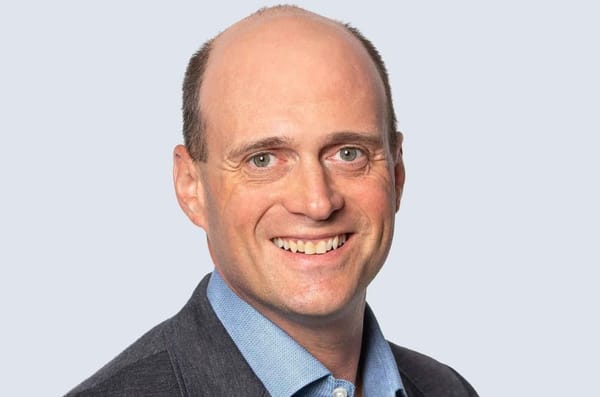
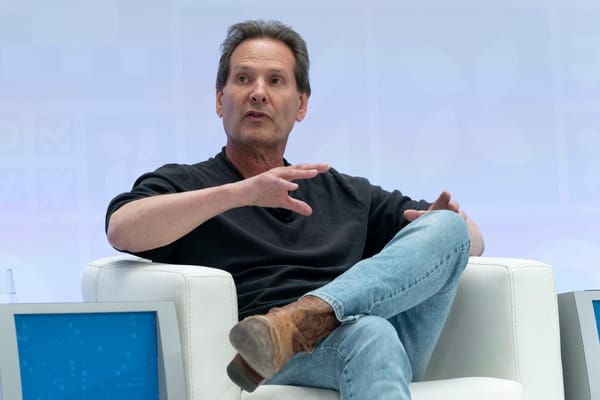
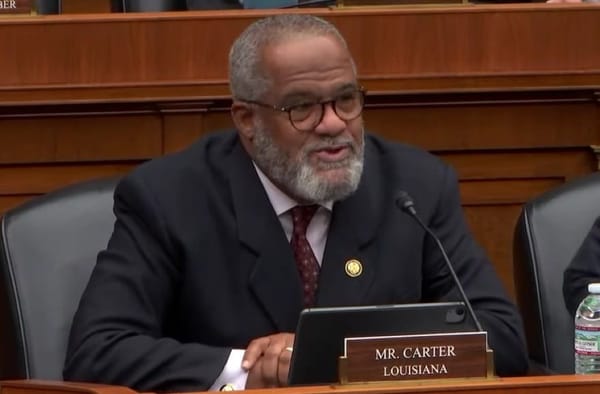
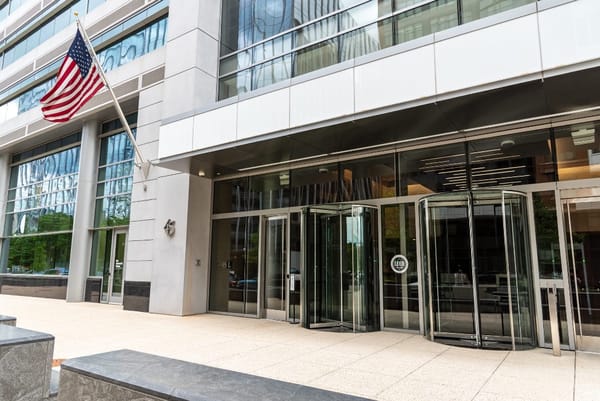




Member discussion